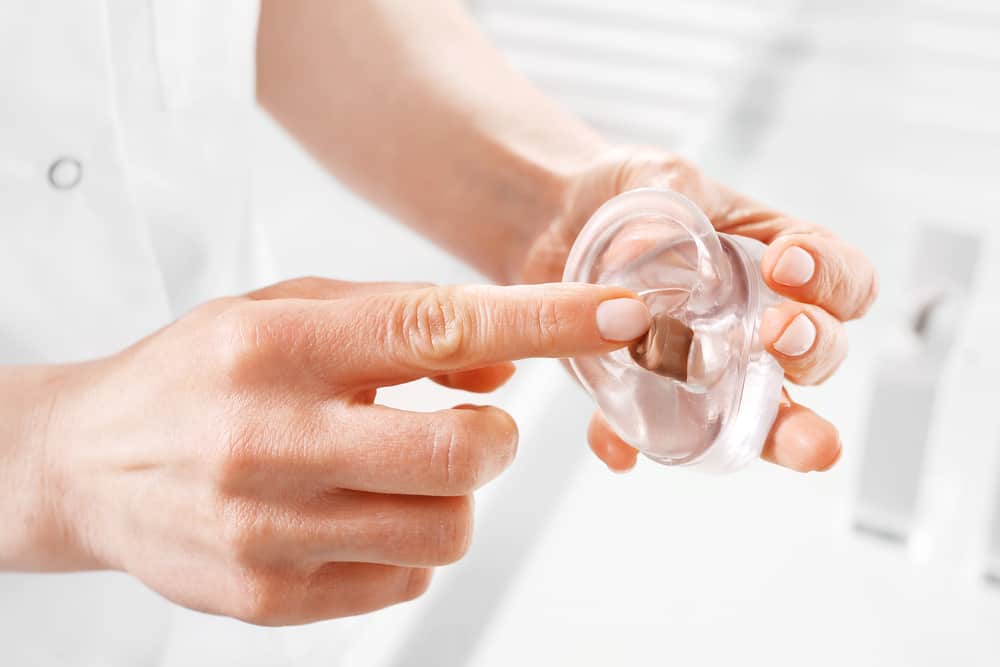
You rarely stop to take in the sounds and noises around you and truly appreciate the gift of hearing. We all tend to take our hearing for granted and seldom consider what life would be like without it. However, hearing loss is a fairly common problem all over the world. One in eight people in the United States suffers hearing loss of some severity.
People use a range of hearing solutions to combat hearing loss, the most popular being hearing aids. These small electronic devices don’t improve your hearing but rather make the sounds around you louder and clearer. Although there are many hearing aids available, the “in the canal” (ITC) hearing aids are one of the most common hearing solutions available. Here at Hearing Group, we look at what “in the canal” hearing aids are and how they can help hearing loss sufferers.
How Hearing Aids Work
Hearing aids, whether analog or digital, are tiny electronic devices worn behind or in the ear that work by magnifying the vibrations entering the ear. This essentially increases the volume and the clarity of the sounds around you, making them easier to hear. How we hear is important, and hearing aids enable you to hear everyday sounds and even increase your confidence when conversing with people.
Hearing aids are unfortunately ineffective for people who have totally lost their hearing.
Analog Hearing Aids
Analog hearing aids are usually built specifically for each user and work by converting sound into electrical signals, then amplified by the hearing aid. With analog hearing aids, you can alter your hearing aid program depending on the type of environment you are in. When you purchase your analog hearing aids through the Hearing Group, we will program your hearing aid to your exact requirements.
Digital Hearing Aids
Digital hearing aids work by picking up the soundwaves and converting them into numerical code, which is then amplified by the hearing aid itself. Digital hearing aids typically give you more flexibility and personalization than analog hearing aids, as they can easily be programmed to amplify specific frequencies over others.
“In the Canal” Hearing Aids
Choosing between digital and analog isn’t the only choice you will have to make when selecting your new hearing aids. There is also a selection of hearing aid styles that you will have to choose from. These range from the smaller hearing aids for minor hearing loss to the larger hearing aids that give you more power and functionality.
One of the most common styles is the “in the canal” hearing aids. These hearing aids are made to sit in the lower portion of the outer ear bowl and have additional features and manual controls. These “in the canal” hearing aids are slightly larger than “completely in the canal” (CIC) hearing aids, just filling the opening of the ear and usually working for a broader range of hearing losses. Completely “in the canal” hearing aids, on the other hand, are barely visible and fit further into the opening of the ear.
Advantages of “in the Canal” Hearing Aids
“In the canal” hearing aids are more discreet than other larger styles of hearing aids which means that people are less likely to notice that you are wearing hearing solutions.
Thanks to their slightly larger size, they also offer an improved battery life and more features than smaller completely “in the canal” hearing aids and other smaller styles.
Disadvantages of “in the Canal” Hearing Aids
One of the main problems we have encountered at Hearing Group is that “in the canal” hearing aids are susceptible to moisture and ear wax damage. This shouldn’t be an issue with regular cleaning, but it is something to bear in mind if you struggle to remember your cleaning schedule.
These “in the canal” hearing aids also provide more occlusion, which means that your ear may feel more blocked up than with smaller hearing aid styles. Although some people find this a problem, many just need time to get used to the new sensation of wearing a hearing aid.
Find out more about hearing aids at Hearing Group and book your appointment to see our hearing specialists today.
